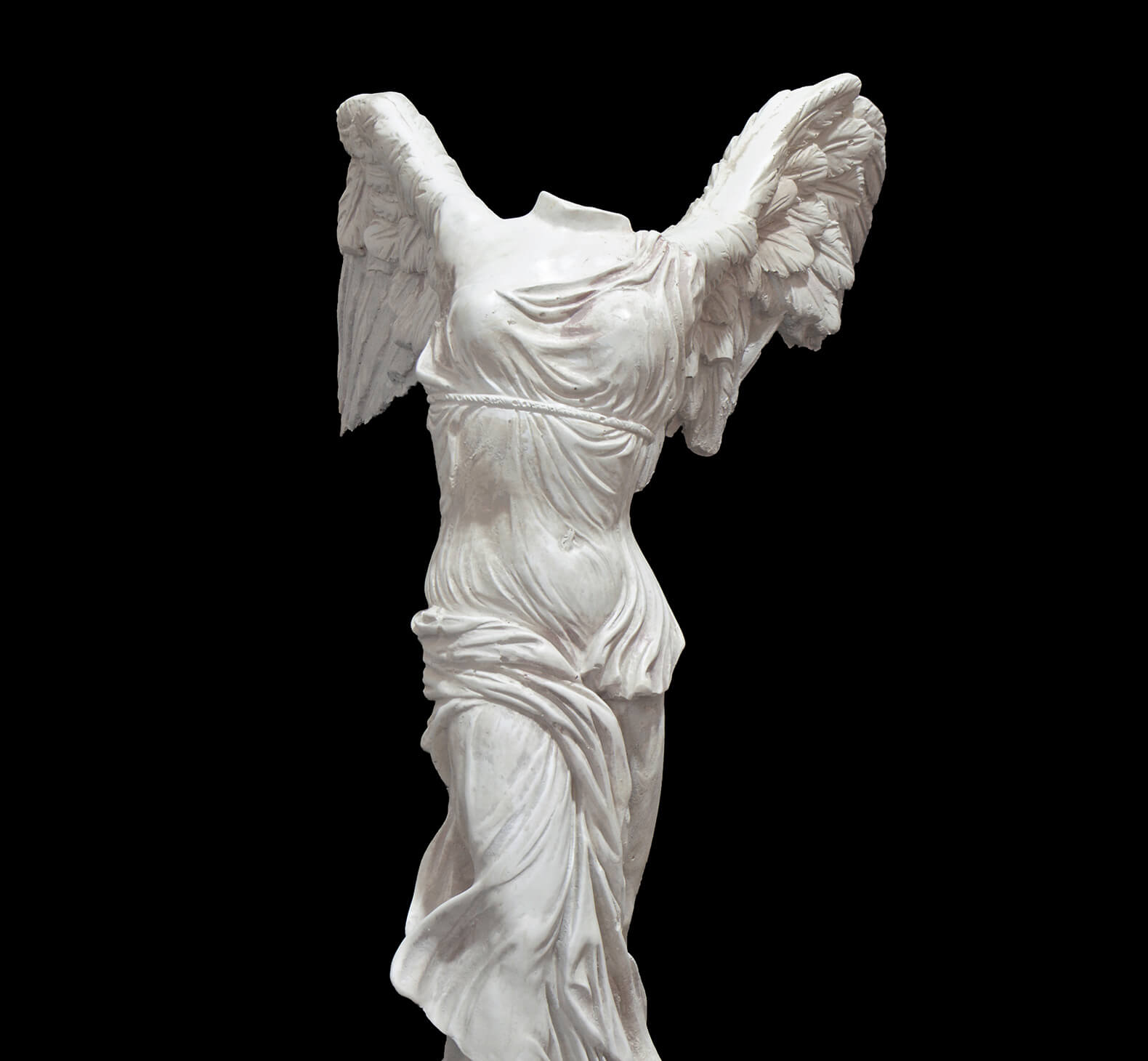Liposuction
Liposuction is a surgical procedure aimed at removing excess fatty tissue from specific areas of the body, such as the face, neck, arms, abdomen, hips, buttocks, thighs, knees, calves, or around the ankles. It is a body contouring method, not a weight loss solution. Liposuction helps eliminate fat that is resistant to diet and exercise but does not replace a healthy lifestyle. It can be performed alone or as an adjunct to other surgical procedures, such as facelift, abdominoplasty, or thigh lift, which involve the removal of excess skin and lifting sagging tissues.
The best candidates for liposuction are individuals with a normal body weight who have localized excess fat and elastic skin. In cases where the skin is loose or sagging, additional surgery, such as abdominoplasty, may be necessary to achieve optimal results. It is important to note that liposuction will not improve skin irregularities that are not related to excess fat, and it has only a minimal effect on reducing cellulite.
The procedure is performed using metal cannulas, which are inserted through small incisions in the skin. The cannulas break up the fatty tissue, which is then suctioned out. Liposuction can be performed under local or general anesthesia, depending on the extent of the operation and the individual needs of the patient. One popular technique is tumescent liposuction, in which a solution containing pain relievers and adrenaline is injected into the tissue being suctioned. This reduces discomfort during the procedure, minimizes bruising, and accelerates the healing process.
After the operation, patients are advised to wear special compression garments, which help reduce swelling and speed up tissue recovery. The final results of liposuction become visible after several weeks, once the swelling has completely subsided. The procedure provides lasting results, provided the patient maintains a stable weight and leads a healthy lifestyle.
Price information
The final price depends on the scope of the procedure, including whether it is the first treatment or a follow-up, whether it will be combined with other procedures, and the type of anesthesia used. The patient will be informed of the final price during the consultation.
The price includes: clinic stay, procedure, anesthesia, dressings, pre- and post-procedure care, suture removal, and follow-up visits.
Preparations for the procedure
Tests and vaccinations
Before the surgery, it is necessary to perform current tests, but not earlier than 1 month before the planned procedure.
- ECG without a description
- Complete blood count with platelets
- APTT
- INR – PT
- Electrolytes (sodium, potassium)
- HBS antigen
- HCV antibodies
- HIV antibodies
- Blood type
- Nasal swab for MRSA (methicillin-resistant Staphylococcus aureus)
The received results and the completed form (download here) must be scanned and sent two weeks before the procedure to the email: szpital@mooi.clinic
It is also recommended to have received at least 2 doses of the hepatitis B vaccination beforehand. NOTE! Individuals born between 1986 and 1994 were vaccinated in middle school and have all doses of the vaccine. Those born in 1995 and later have been vaccinated from birth and also have all doses. In the aforementioned cases, vaccinations do not need to be repeated.
Additionally, for patients with chronic illnesses, a certificate from the attending physician regarding their optimal health condition and lack of contraindications for the planned procedure should be provided.
Preparation for Stay at the Clinic
Two weeks before the procedure, it is advised to avoid taking salicylates (aspirin, polopiryna), ginger, garlic, and dietary supplements. Furthermore, prior to the planned surgery, you should purchase class I compression stockings and bring them with you on the day of the procedure.
The Day Before the Procedure
No later than 20:00 on the day before the procedure, you should take low-molecular-weight heparin subcutaneously (40 mg).
On the day before the operation, the last meal should be consumed no later than 21:00, while fluids (preferably non-carbonated mineral water) can be consumed until 24:00.
When preparing for your stay at the clinic, you should also remove and leave at home any metal decorations, such as rings, earrings, watches, bracelets, necklaces, hairpins, etc.
The Day of the Procedure
On the day of the operation, you must arrive at the clinic at the designated time (which will be indicated a week before the procedure) at: Mooi Clinic, ul. Kaczmarskiego 1, 57-320 Polanica Zdrój.
You must be fasting (no food or drink), and there is a complete ban on smoking tobacco products and chewing gum.
Additionally, you should bring: test results, ID card, toiletries, towel, pajamas, comfortable slip-on shoes, regular medications, and class I compression stockings.
The Day After the Procedure
Discharge from the clinic will occur the following morning after breakfast and a medical consultation. It is recommended to leave the facility under the care of an accompanying person and to remain under the supervision of a third party for at least the first day after the procedure.
Payments
For the planned surgical procedure, payment can be made via bank transfer to:
M-clinic Sp. z o.o. Sp. Kom.
Santander Bank Polska S.A.
89 1090 2398 0000 0001 5328 6595
The transfer should be made in advance so that the amount can be credited before the planned procedure. Remember to include your details in the transfer title.
If you prefer to pay by card or cash, this can be done at the reception after being admitted to the ward but before the procedure.
Post-Procedure Recommendations
For 1 week after the procedure
- Do not drive a car.
After 10 days post-procedure
- You may apply Cicaplast to scars, twice a day for 3 months.
For the first 2 weeks after the procedure
Avoid:
- constipation.
- taking medications on an empty stomach, as this may cause vomiting.
For the first 3 weeks after the procedure
Prohibition of:
- smoking cigarettes or being in the same room with smokers.
- frequent consumption of coffee and caffeinated drinks.
- drinking alcohol.
- The liposuction area will be swollen and possibly bruised. This usually resolves after 2-3 weeks, but in some cases, it may last up to 6 months.
After 5-7 days post-procedure
- Start massages of the treated area and continue for 2 months (3 times a week).
For up to 2 months after the procedure
- Complete prohibition of physical work and physical exertion.
For 6 weeks after the procedure
- Wear the elastic garment put on after surgery. It must be worn around the clock. 6 weeks is the minimum wearing time; many patients wear it longer.
After 2 months post-procedure
- You may return to physical activity, such as running, swimming, tennis, or lifting heavier objects, but only if there is no discomfort.
For 6 months after the procedure
- Completely avoid sun exposure and tanning beds.
Failure to adhere to the aforementioned prohibitions may lead to bleeding or hemorrhage, which may require additional surgery.
We understand that deciding on a procedure is an important step. We’re here for you!
If you have any questions or would like to schedule a consultation, call us at: +48 602 210 712
Patient Review
Recovery
A unique place on the map of plastic surgery in Poland – Mooi® Clinic in Polanica-Zdrój
When creating our plastic surgery hospital, we took care of every detail to ensure the highest standard of care and comfort. Our highly qualified staff is ready to meet the expectations of even the most demanding patients. We utilize the latest technologies to guarantee the safety and precision of our procedures. Additionally, to provide full relaxation and support, we offer a comfortable hotel where you can rest after surgery, and your loved ones can be with you if needed.

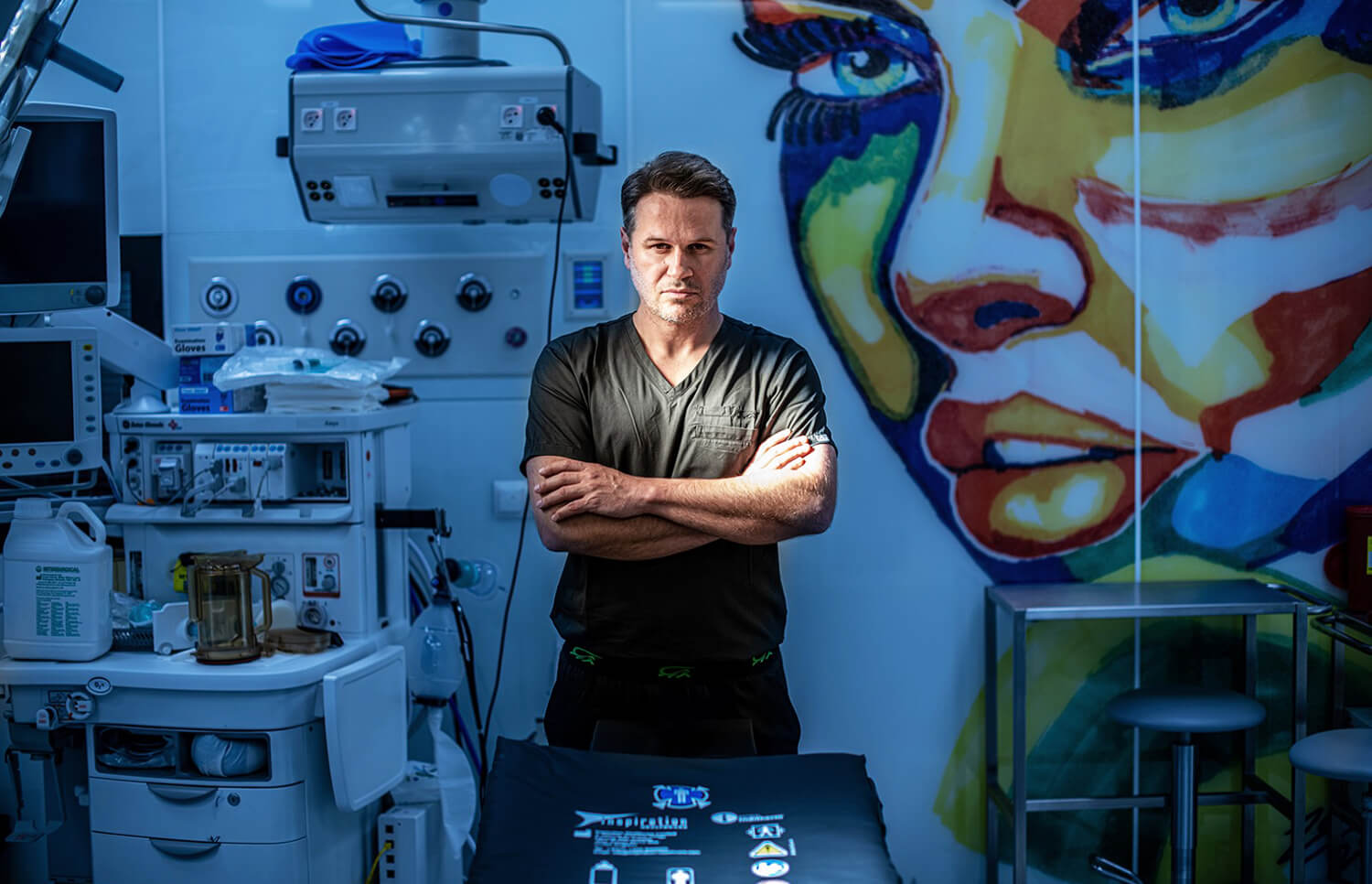
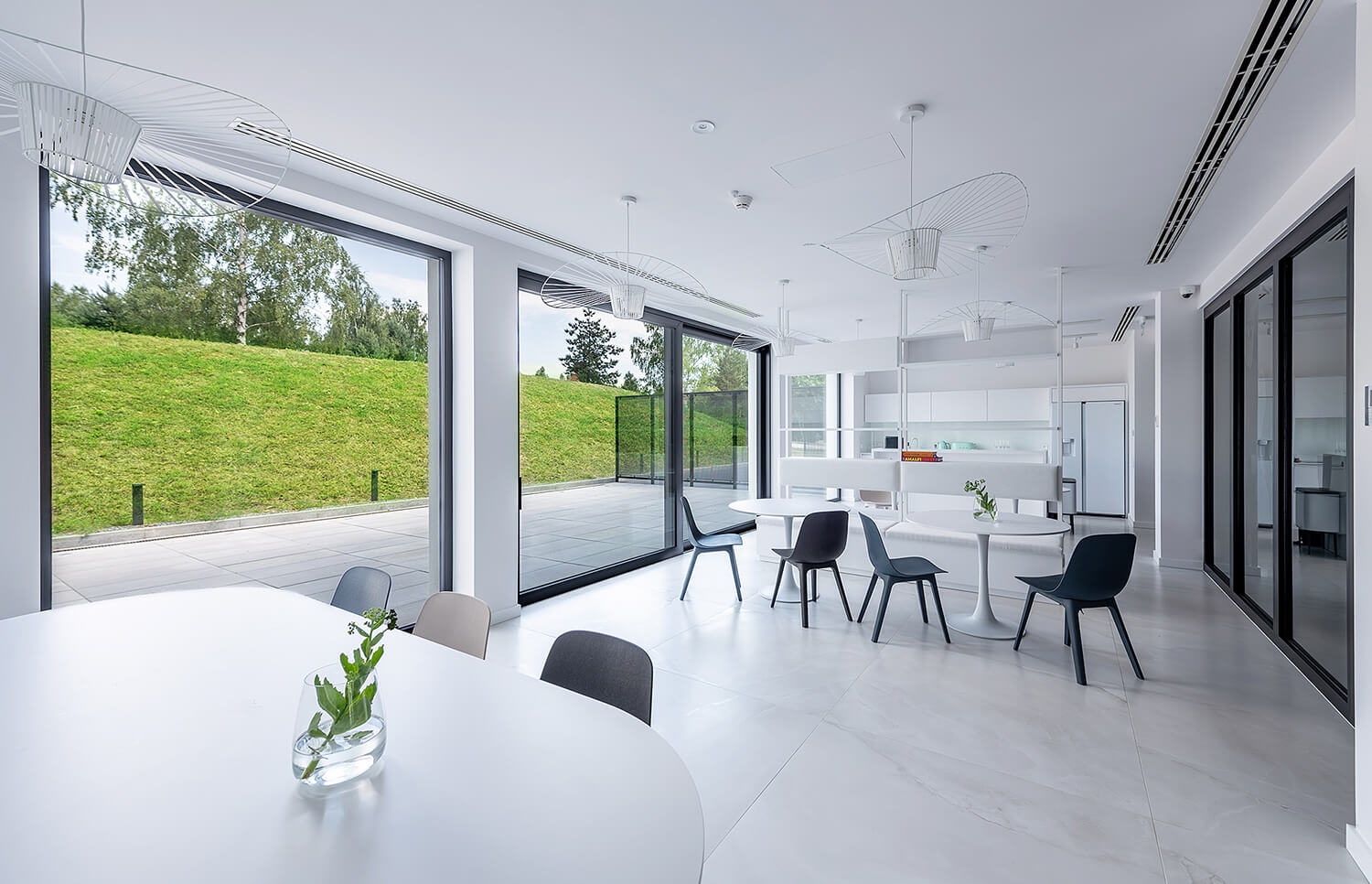
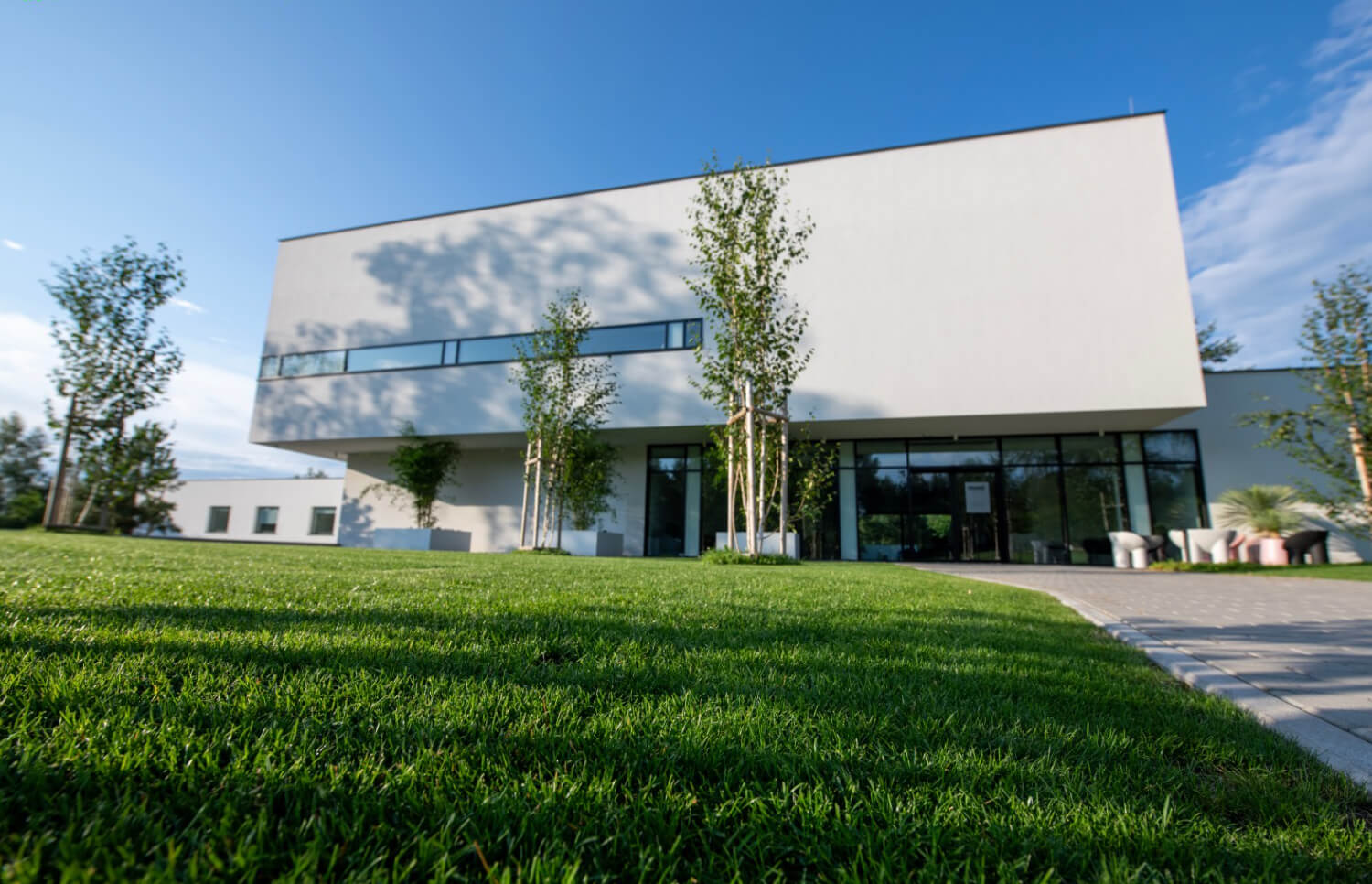
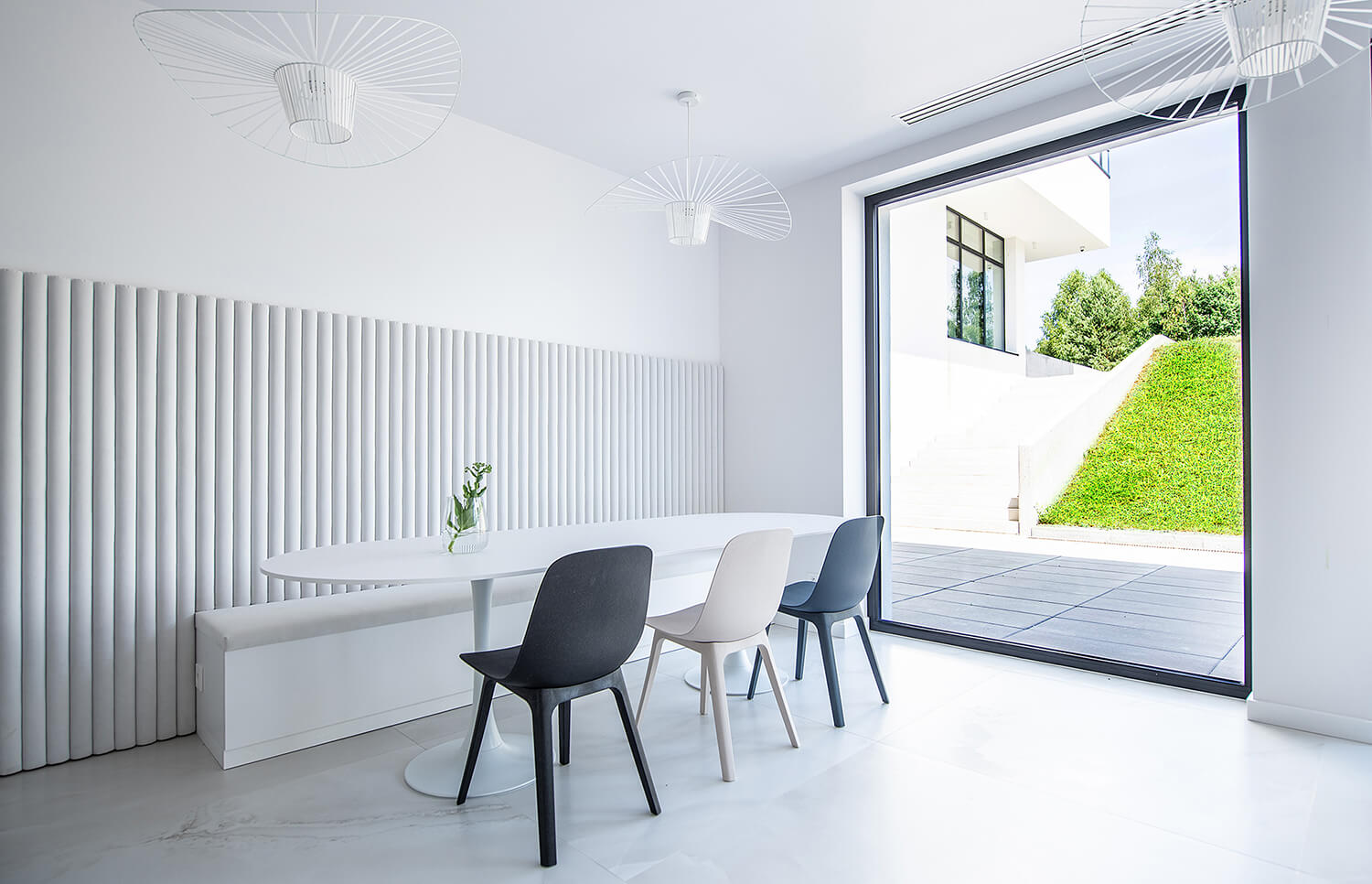
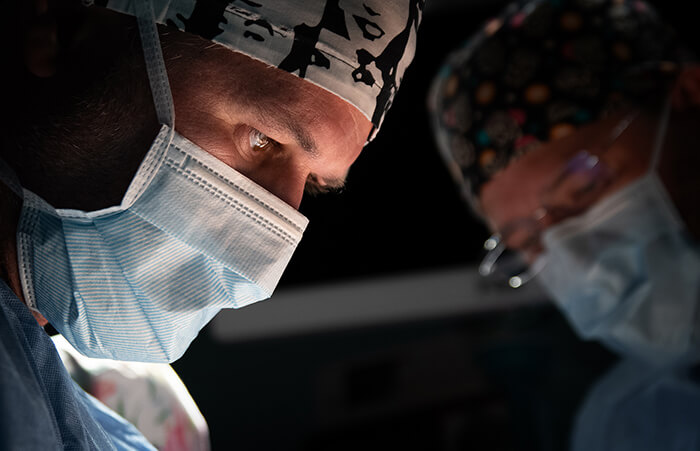
Call us and schedule a consultation!
We are here to listen, advise, and support you at every stage.
